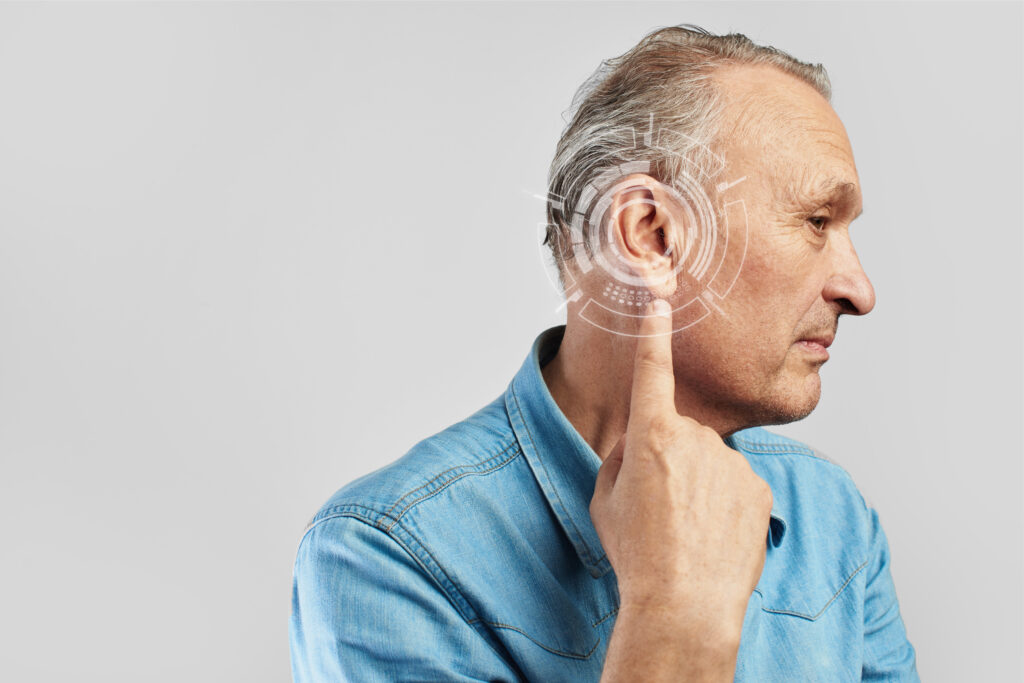
Exercises You Can Do for Vertigo Treatment
By: Dr. Abe Kopolovich, DPT, MBA

Experience relief from Benign Paroxysmal Positional Vertigo (BPPV) with the Effective Canalith Repositioning Procedure. BPPV, characterized by intense and brief episodes of dizziness and vertigo triggered by head movements, can be alleviated through this procedure.
Vertigo nausea typically arises from an inner ear imbalance affecting the equilibrium. BPPV occurs when minuscule otoconia particles (canaliths) within the inner ear become dislodged and enter the semicircular canals.
Understanding Vertigo Causes
BPPV arises from an inner ear imbalance affecting your sense of balance. It occurs when tiny particles called canaliths (otoconia) break free and migrate to the semicircular canals of your inner ear. This disruptive movement triggers vertigo episodes and dizziness.
Specialized canalith repositioning procedure effectively relocates these particles to a harmless area in your ear. This simple and safe procedure consists of specific head maneuvers that can be performed in your doctor’s office. Roughly 80% of individuals experience relief from vertigo home treatment. However, BPPV symptoms may recur.
Why Choose the Canalith Repositioning Procedure?
By opting for the procedure, you can benefit from the following:
- Symptom Relief: Our procedure targets the root cause of the problem, alleviating dizziness and vertigo episodes associated with BPPV.
- Non-Invasive Solution: Avoid neck or back injuries associated with invasive procedures. The canalith repositioning procedure offers a safe and non-surgical alternative.
- Minimal Side Effects: Although some individuals may experience temporary nausea, dizziness, or lightheadedness, these effects are generally mild and short-lived.
Risks and Precautions of Canalith Repositioning Procedure
Before undergoing the canalith repositioning procedure, it’s essential to inform your doctor about any pre-existing medical conditions, such as neck or back problems or advanced rheumatoid arthritis.
This information lets your healthcare provider determine if the procedure suits you or if any modifications or delays are necessary.

What to Expect For Vertigo Treatment Exercises
The canalith repositioning procedure is straightforward. Wear comfortable clothing that enables free movement during maneuvers. Your doctor will guide you through four positions, held for approximately 30 seconds until your symptoms subside. Additional time is allotted for observation.
The procedure unfolds as follows:
- The transition from sitting to reclining with your head turned 45 degrees toward the affected side. Your doctor will assist in positioning your head slightly over the table’s edge.
- With your head still extended over the edge, gradually turn your head about 90 degrees away from the affected side.
- Roll onto your side, maintaining a slight angle while looking downward at the floor.
- Finally, return carefully to a sitting position, tilting your head down and restoring it to the center position. You may need to remain seated for approximately 20 minutes.
The canalith repositioning procedure involves holding four positions for about 30 seconds each, or as long as you have symptoms while you hold that position. You’ll generally stay in each place for 30 seconds after your symptoms have stopped.
Your doctor will watch your eyes for abnormal movements during the procedure. You may repeat the process three or more times within a treatment session.

Vertigo Home Treatment and Results
After the procedure, adhere to your doctor’s instructions diligently. Your healthcare provider will likely teach you how to perform the function independently, enabling you to repeat it at home. Consistency is critical, so follow the recommended exercises for several days until your symptoms subside.
Over 80% of individuals who undergo the canalith repositioning procedure report significant relief from vertigo feeling. However, if your symptoms persist or return, don’t hesitate to consult your doctor for a repeat procedure. Multiple treatments may be required to achieve lasting relief.
Effective Vertigo Treatment Exercises
Say goodbye to the discomfort and disruption that vertigo causes. Experience relief from BPPV with our advanced canalith repositioning procedure. Contact us and regain your balance and quality of life. Don’t let vertigo episodes hold you back; take the first step toward a symptom-free future.



